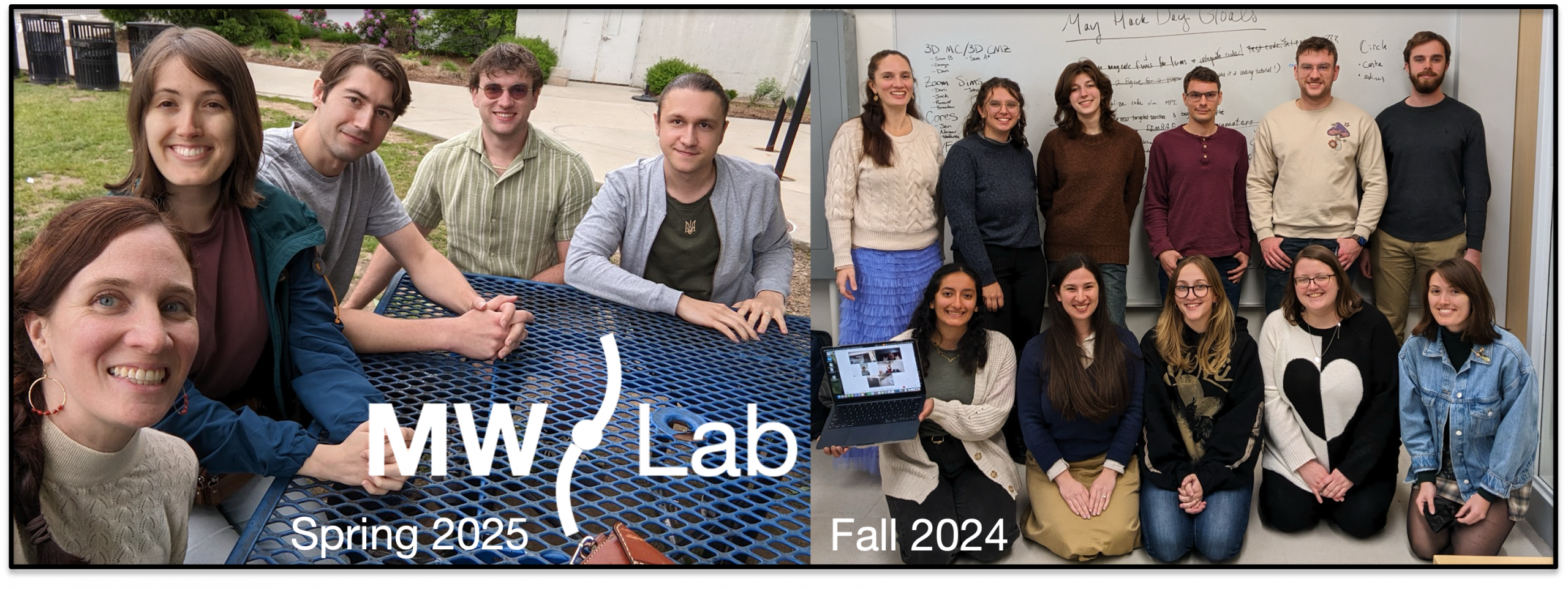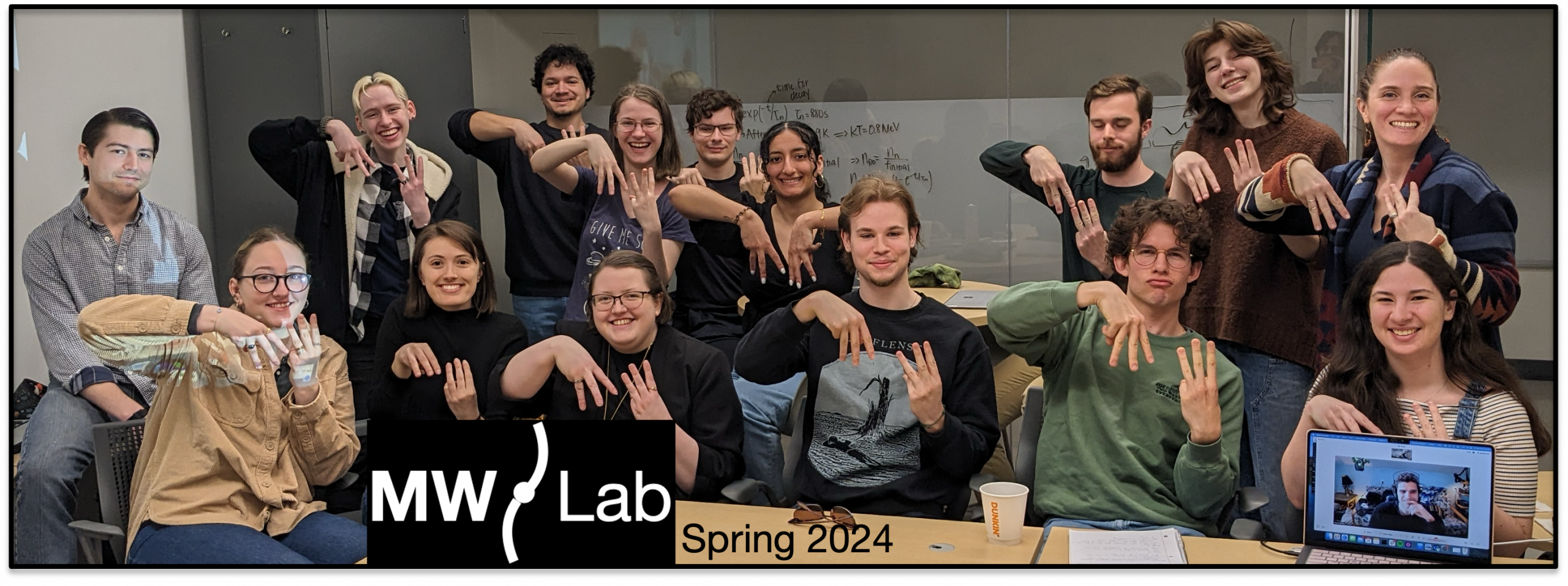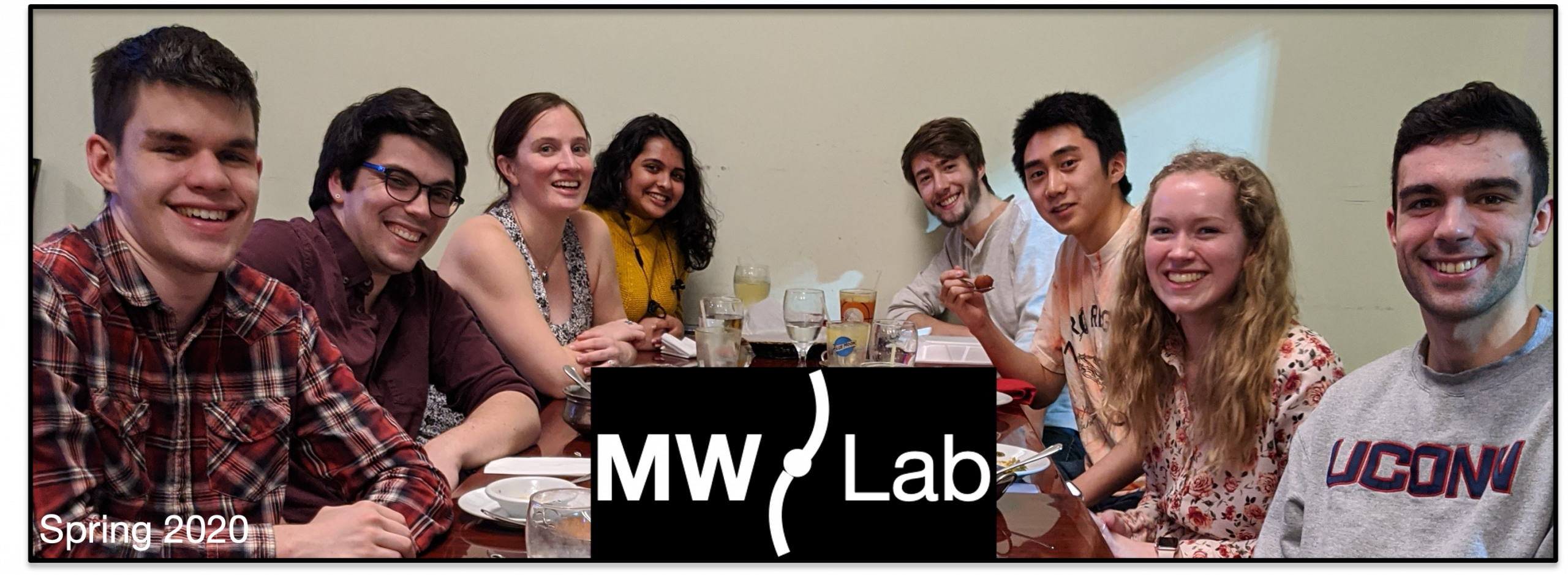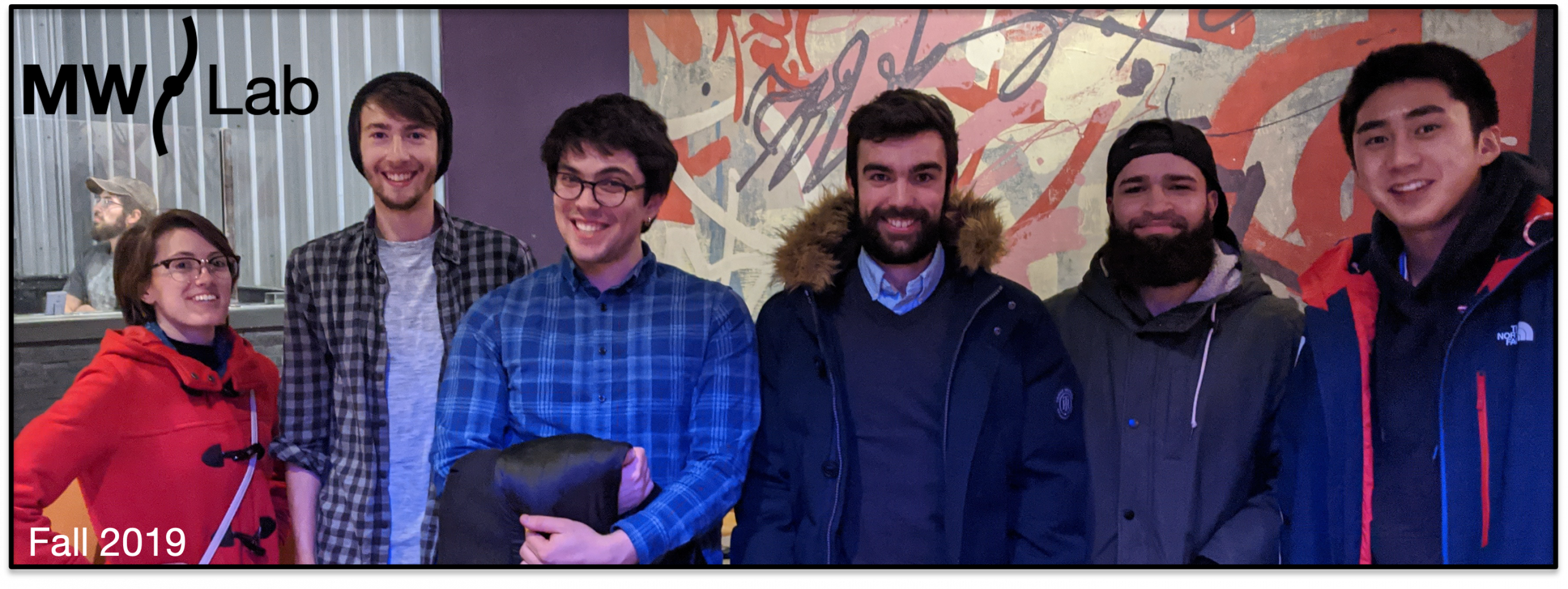The Milky Way Laboratory Research Team
Meet the people who make the science happen!
Faculty:
 Dr. Cara Battersby is the PI and founder of the Milky Way Laboratory, and is currently an associate professor at UConn in Physics. She received her PhD in astrophysics from the University of Colorado at Boulder, then held SMA and NSF postdoctoral fellowships at the Harvard-Smithsonian Center for Astrophysics. Prof. Battersby studies how stars are born in our Galaxy’s Central Molecular Zone (CMZ), both observationally and using numerical simulations, and ideally, combining both! Prof. Battersby is passionate about the future of astrophysics. She is a Co-I on the PRIMA mission concept, is a co-founder of major outreach programs UConn STARs and BiteScis, and secretly wants to be Carl Sagan when she grows up. She loves being active outdoors (hiking, climbing, etc!), playing music and spending time with her wonderful family and friends.
Dr. Cara Battersby is the PI and founder of the Milky Way Laboratory, and is currently an associate professor at UConn in Physics. She received her PhD in astrophysics from the University of Colorado at Boulder, then held SMA and NSF postdoctoral fellowships at the Harvard-Smithsonian Center for Astrophysics. Prof. Battersby studies how stars are born in our Galaxy’s Central Molecular Zone (CMZ), both observationally and using numerical simulations, and ideally, combining both! Prof. Battersby is passionate about the future of astrophysics. She is a Co-I on the PRIMA mission concept, is a co-founder of major outreach programs UConn STARs and BiteScis, and secretly wants to be Carl Sagan when she grows up. She loves being active outdoors (hiking, climbing, etc!), playing music and spending time with her wonderful family and friends.
Postdocs:
None right now! Contact Prof. B if you want to apply for fellowships to come to UConn and work with me 🙂
Graduate Students:
 Jennifer Wallace has been a graduate student in the Milky Way Laboratory since Spring 2020. Jen is the ultimate ALMA + dendrogram master and is leading the development of the compact core catalog for ACES collaboration and a hierarchical structure catalog with ALMAGAL. Jen also wrote a wonderful paper revealing strange filaments in SgrE (the dust lanes entering the CMZ) and has been a fabulous mentor to several MW Lab students. Jen is a wonderfully joyfully and amazingly proficient addition to the MW Lab. She will be comparing how star formation varies as a function of Galactic environment in her PhD thesis.
Jennifer Wallace has been a graduate student in the Milky Way Laboratory since Spring 2020. Jen is the ultimate ALMA + dendrogram master and is leading the development of the compact core catalog for ACES collaboration and a hierarchical structure catalog with ALMAGAL. Jen also wrote a wonderful paper revealing strange filaments in SgrE (the dust lanes entering the CMZ) and has been a fabulous mentor to several MW Lab students. Jen is a wonderfully joyfully and amazingly proficient addition to the MW Lab. She will be comparing how star formation varies as a function of Galactic environment in her PhD thesis.
 Dani Lipman has been a graduate student in the Milky Way Laboratory since Fall 2020. During the 2019/2020 Academic Year, Dani was on Fulbright Research Award in China to study faculty participation in science outreach, before, y’know, Covid-19 had anything to say about that. Dani completed her Bachelor’s in 2019 at the University of Iowa. Dani is leading two papers in our 3D CMZ project: the comparison with dust extinction and a final synthesis paper combining all techniques together and presenting our best 3D model. She has also somehow found time to lead our group’s newest high-resolution CMZ simulations. Dani is a research and mentorship wizard and does it all with grace. She will be comparing observations and simulations in the CMZ to reveal the connection between gas flows, turbulence, and star formation in this region for her PhD.
Dani Lipman has been a graduate student in the Milky Way Laboratory since Fall 2020. During the 2019/2020 Academic Year, Dani was on Fulbright Research Award in China to study faculty participation in science outreach, before, y’know, Covid-19 had anything to say about that. Dani completed her Bachelor’s in 2019 at the University of Iowa. Dani is leading two papers in our 3D CMZ project: the comparison with dust extinction and a final synthesis paper combining all techniques together and presenting our best 3D model. She has also somehow found time to lead our group’s newest high-resolution CMZ simulations. Dani is a research and mentorship wizard and does it all with grace. She will be comparing observations and simulations in the CMZ to reveal the connection between gas flows, turbulence, and star formation in this region for her PhD.
 Rachel Lee studies protostellar mass accretion events and how they affect forming proto-planetary disks. Her primary PhD advisor is Prof. Aleksandra Kuznetsova.
Rachel Lee studies protostellar mass accretion events and how they affect forming proto-planetary disks. Her primary PhD advisor is Prof. Aleksandra Kuznetsova.
Samantha Adams joined the Milky Way Lab in Spring 2025 and is working with JWST data of our Galaxy’s Center.
Jonah Baade joined the Milky Way Lab in Spring 2025 and is working on synthetic observations of our groups AREPO simulations.
Post-Bacc Researchers:
 Danya Alboslani has been a member of the Milky Way Laboratory since Spring 2021, first as an undergraduate student, then as a post-bacc researcher after she gradauted in Spring 2024. Danya first developed a WorldWide Telescope tour for our 3D CMZ project, then led a fabulous paper on using X-ray echoes to uncover the true 3D structure of clouds in the Galactic Center. Her work was the subject of a UConn press release and she was invited to do a press conference at the AAS in January 2025! She is now compiling her X-ray echo work with our 3D CMZ work to try to uncover the past flaring history of SgrA* before she starts her PhD at UVa in Fall 2025.
Danya Alboslani has been a member of the Milky Way Laboratory since Spring 2021, first as an undergraduate student, then as a post-bacc researcher after she gradauted in Spring 2024. Danya first developed a WorldWide Telescope tour for our 3D CMZ project, then led a fabulous paper on using X-ray echoes to uncover the true 3D structure of clouds in the Galactic Center. Her work was the subject of a UConn press release and she was invited to do a press conference at the AAS in January 2025! She is now compiling her X-ray echo work with our 3D CMZ work to try to uncover the past flaring history of SgrA* before she starts her PhD at UVa in Fall 2025.
 Stefania Schuler has been a member of the Milky Way Laboratory since Fall 2021, first as an undergraduate student, then as a post-bacc researcher after she gradauted in Spring 2024. She is working with both the CMZoom ALMAGAL programs to uncover how star formation varies as a function of Galactic environment. She is already a master of python and is currently developing a Minimum Spanning Tree technique for use in clouds in the CMZoom survey. In doing so, she discovered the Milky Way Laboratory’s beloved mascot – Jeff.
Stefania Schuler has been a member of the Milky Way Laboratory since Fall 2021, first as an undergraduate student, then as a post-bacc researcher after she gradauted in Spring 2024. She is working with both the CMZoom ALMAGAL programs to uncover how star formation varies as a function of Galactic environment. She is already a master of python and is currently developing a Minimum Spanning Tree technique for use in clouds in the CMZoom survey. In doing so, she discovered the Milky Way Laboratory’s beloved mascot – Jeff.
Undergraduate Students:
- Jakub Poznanski (Fall 2024-present)
- Brendan Dubois (Spring 2024 – present)
- Sophia Kempe (Spring 2024 – present)
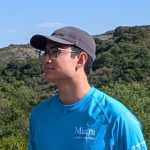 Dilhan Flores is a visiting Dartmouth college student doing research in the MW Lab (Spring 2025 – present)
Dilhan Flores is a visiting Dartmouth college student doing research in the MW Lab (Spring 2025 – present)
MW Lab Collaborators:
 H Perry Hatchfield got his PhD in the Milky Way Lab in 2022 and we were fortunate enough for him to spend some time as a postdoc in our group as well. Perry was been a part of Milky Way Laboratory from Spring 2017 til 2023, but he still collaborates closely with our group. Perry lead the CMZoom Catalog, comparison with star formation tracers, and tracing gas flowing into the CMZ using numerical simulations. He is helping to develop the newest generation simulations and actively working on understanding turbulence in this complex region. Perry was an LSST Data Science Fellow and an avid science communicator. Check out his BiteScis and Astrobites posts! Perry was a NASA Postdoctoral Fellow at JPL from 2022-2025. i
H Perry Hatchfield got his PhD in the Milky Way Lab in 2022 and we were fortunate enough for him to spend some time as a postdoc in our group as well. Perry was been a part of Milky Way Laboratory from Spring 2017 til 2023, but he still collaborates closely with our group. Perry lead the CMZoom Catalog, comparison with star formation tracers, and tracing gas flowing into the CMZ using numerical simulations. He is helping to develop the newest generation simulations and actively working on understanding turbulence in this complex region. Perry was an LSST Data Science Fellow and an avid science communicator. Check out his BiteScis and Astrobites posts! Perry was a NASA Postdoctoral Fellow at JPL from 2022-2025. i
 Samantha Brunker was a postdoc in the Milky Way Lab from 2022-2025 after graduating from the University of Indiana with her PhD in Astronomy. Samantha lead the group’s 3-D Molecular Cloud project, comparing archival X-ray data with radio and IR data to understand the 3-D structure of molecular clouds in the Central Molecular Zone and to help constrain past accretion events on SgrA*. This work is now published in a beautiful paper (seriously, the most gorgeous figures!) and was the subject of a UConn press release
Samantha Brunker was a postdoc in the Milky Way Lab from 2022-2025 after graduating from the University of Indiana with her PhD in Astronomy. Samantha lead the group’s 3-D Molecular Cloud project, comparing archival X-ray data with radio and IR data to understand the 3-D structure of molecular clouds in the Central Molecular Zone and to help constrain past accretion events on SgrA*. This work is now published in a beautiful paper (seriously, the most gorgeous figures!) and was the subject of a UConn press release
 Russell Bentley joined the Milky Way Lab when he was a graduate student in the computer science department at UConn in 2022, but he has continued to who collaborated with members of the Milky Way Laboratory to develop and run AREPO simulations of our Galaxy’s Central Molecular Zone. I definitely wrote in his recommendation that he is a “magical wizard” and I stand by that. He has a deep interest in continuing to develop astronomical simulation tools.
Russell Bentley joined the Milky Way Lab when he was a graduate student in the computer science department at UConn in 2022, but he has continued to who collaborated with members of the Milky Way Laboratory to develop and run AREPO simulations of our Galaxy’s Central Molecular Zone. I definitely wrote in his recommendation that he is a “magical wizard” and I stand by that. He has a deep interest in continuing to develop astronomical simulation tools.
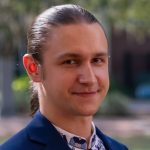 Nazar Budaiev was a visiting graduate student (from the University of Floria) in the Milky Way Lab in Spring 2025 and continues to collaborate closely with the group. Nazar has expertise in many areas and we are grateful that he helped to strengthen the technical prowess of our team (vscode, carta, jwst analysis). Nazar works with both JWST, ALMA, and more data to understand star formation in our extreme Galactic Center.
Nazar Budaiev was a visiting graduate student (from the University of Floria) in the Milky Way Lab in Spring 2025 and continues to collaborate closely with the group. Nazar has expertise in many areas and we are grateful that he helped to strengthen the technical prowess of our team (vscode, carta, jwst analysis). Nazar works with both JWST, ALMA, and more data to understand star formation in our extreme Galactic Center.
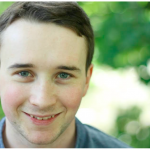 Dr. Daniel Walker was a postdoc in the Milky Way Laboratory from June 2020 – April 2022. Daniel is now an astrophysicist at the UK ALMA Regional Centre, which is hosted at the Jodrell Bank Centre for Astrophysics at The University of Manchester. Dr. Walker lead the kinematics, spectral line analysis, and Bayesian distance estimator for 3D CMZ project in this comprehensive paper. We continue to collaborate with Dan on his work understanding star and cluster formation in the CMZ. He is an expert with interferometry data, and is performing some of the highest-resolution, most sensitive studies of protostellar cores in our Galaxy’s Center.
Dr. Daniel Walker was a postdoc in the Milky Way Laboratory from June 2020 – April 2022. Daniel is now an astrophysicist at the UK ALMA Regional Centre, which is hosted at the Jodrell Bank Centre for Astrophysics at The University of Manchester. Dr. Walker lead the kinematics, spectral line analysis, and Bayesian distance estimator for 3D CMZ project in this comprehensive paper. We continue to collaborate with Dan on his work understanding star and cluster formation in the CMZ. He is an expert with interferometry data, and is performing some of the highest-resolution, most sensitive studies of protostellar cores in our Galaxy’s Center.
 Hannah Koziol was an undergraduate member of the Milky Laboratory from Spring 2020-Summer 2022. She is now pursuing her PhD at the University of California San Diego under the supervision of Prof. Karin Sandstrom. While at the Milky Way Laboratory, her research focused on understanding star formation in our extreme Galactic Center, and in particular, how environment affects star formation. She created synthetic observations from molecular cloud simulations to study how well measured density Probability Distribution Functions (PDFs) represent the true underlying physical and turbulent nature of molecular clouds.
Hannah Koziol was an undergraduate member of the Milky Laboratory from Spring 2020-Summer 2022. She is now pursuing her PhD at the University of California San Diego under the supervision of Prof. Karin Sandstrom. While at the Milky Way Laboratory, her research focused on understanding star formation in our extreme Galactic Center, and in particular, how environment affects star formation. She created synthetic observations from molecular cloud simulations to study how well measured density Probability Distribution Functions (PDFs) represent the true underlying physical and turbulent nature of molecular clouds.
Xavier Braun was a member of the Milky Way Laboratory as an undergraduate research student from Fall 2022 – Spring 2023 then as a post-bacc researcher until 2024. He lead a study on early star formation in our Galaxy’s Central Molecular Zone. Using Spectral Energy Distributions across infrared and radio wavelengths, he was able to characterize the properties of the youngest stars in our Galaxy’s Center and estimate the global star formation rate. He is currently a graduate student at Stony Brook University but continues to collaborate with the Milky Way Lab.
Former MW Lab Members:
Graduate Students:
- Jack Sullivan – UConn Graduate Student – “Synthetic Observations of the Central Molecular
Zone with POLARIS” (Summer 2024 – Spring 2025), completing PhD in quantum physics. - Russell Bentley – UConn Graduate Student Collaborator – “Simulations of our Galaxy’s Central
Molecular Zone with AREPO” (Fall 2022 – Spring 2024), moved on to a Computer Science
PhD program at Stony Brook. - H Perry Hatchfield – UConn Graduate Student – “Star Formation in the Central Molecular
Zone” (Summer 2017 – Spring 2022), completed PhD in Spring 2022. - Yiyan Kuang – UConn Graduate Student – “Simulated Observations of the Core Mass Function”
(Fall 2020), short-term project. - Steven Walczyk – UConn Graduate Student – “Tidal Compression of Clouds in the Central
Molecular Zone” (Spring 2019 – Fall 2019), short-term project.
Undergraduate Students and Post-Baccs:
- Simon Correra (Spring 2024 – Spring 2025),
- John Trujillo (Fall 2023 – Spring 2025),
- Xavier Braun (Fall 2022 – present),
- Sangeeta Kuchibhotla (Fall 2022 – Spring 2024),
- Taevis Kolz (Spring 2022 – Spring 2024),
- Stefania Schuler (Fall 2021 – Spring 2025),
- Lexie DeMarco (Summer 2021 – Spring 2022),
- Danya Alboslani (Spring 2021 – Summer 2025),
- Eric Hilhorst (Spring 2020 – Spring 2021),
- Hannah Koziol (Spring 2020 – Spring 2022),
- Payal Shah (Spring 2020 – Spring 2022),
- Eddie Herndon (Fall 2019 – Spring 2021),
- Sean Oh (Fall 2019 – Spring 2020),
- Bryan Garcia-Medina (Fall 2019 – Spring 2020),
- Jonah Cerbin (Spring 2019),
- Joseph Giangregorio (Fall 2017- Spring 2019),
- Alice Hall (Spring 2018 – Summer 2019),
- Brian Zelicskovics (Spring 2018),
- Anthony (Josh) Machado (Spring 2018 – Summer 2020),
- Alexa Abul (Fall 2017 – Spring 2018),
- Christopher Annuzzi (Fall 2017 – Fall 2018),
- CooperBiancur (Fall 2017 – Spring 2018),
- Stephanie Santillo (Fall 2017)
